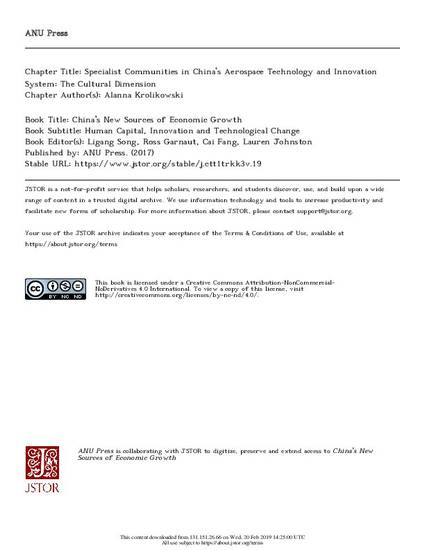
Only two decades ago, China was a marginal player in the global aerospace industry. Today, the pace of China’s space programs is unparalleled and it has joined the sector’s leading ranks. China is the only country after the Soviet Union/Russia and the United States to independently send humans into orbit and a rover to touch down on the Moon. A Chinese station will likely soon be only the only long-term human habitat circling the Earth alongside the International Space Station. Within a decade, China could become only the second country in history to land a person on the Moon’s surface. China already has the world’s largest radio telescope and is building more large instruments. The country’s advances in aeronautics are no less striking. A Chinese firm has disrupted the regional jet market and is poised to enter the large civil aircraft market, challenging the Airbus-Boeing duopoly. Chinese firms already produce advanced military aircraft that fly sensitive missions.
- Space technology,
- Technological innovation,
- Aircraft,
- Chinese culture,
- Aircraft industry,
- Civil aviation,
- Business innovation
Available at: http://works.bepress.com/alanna-krolikowski/10/
